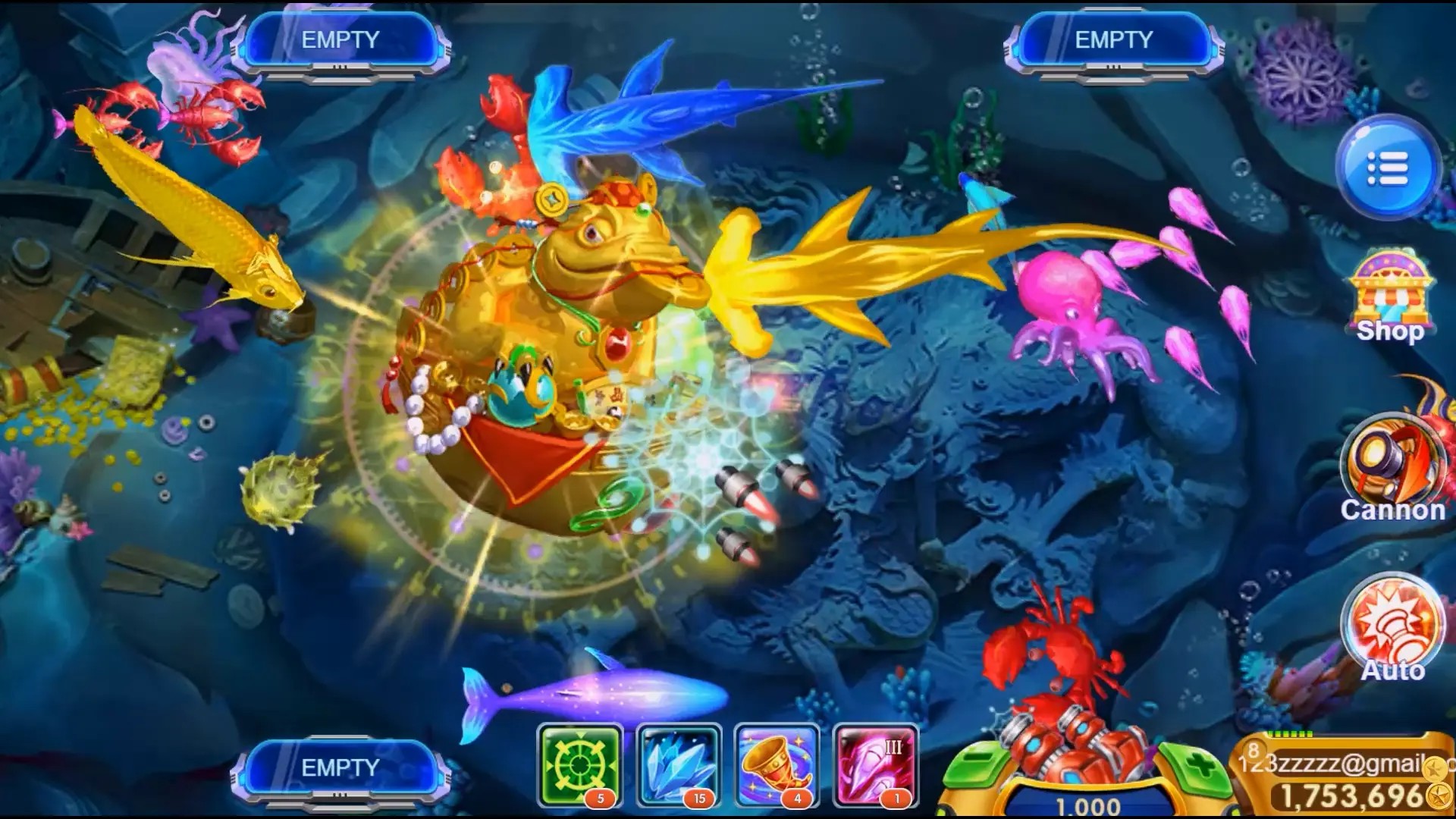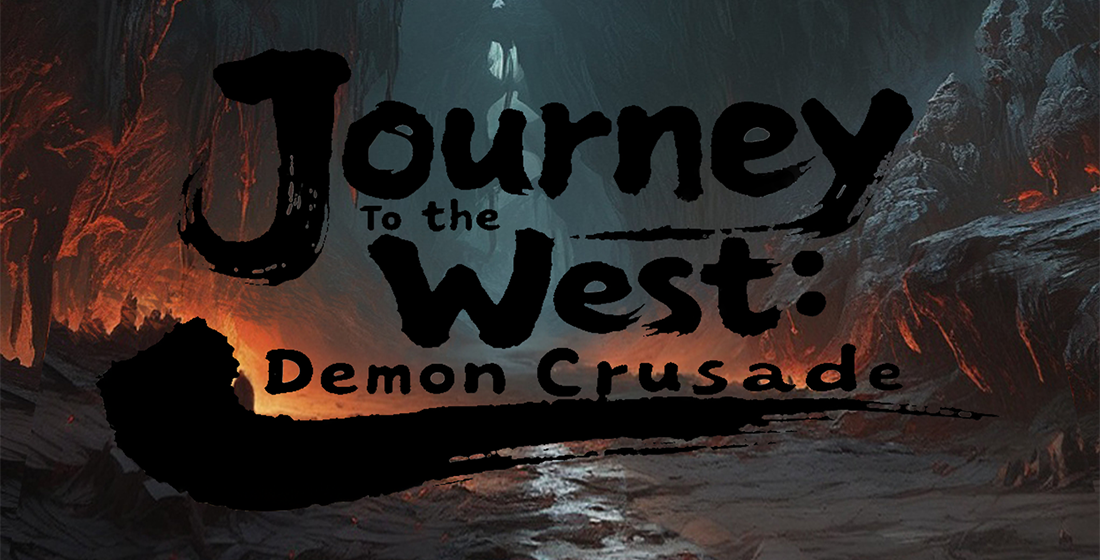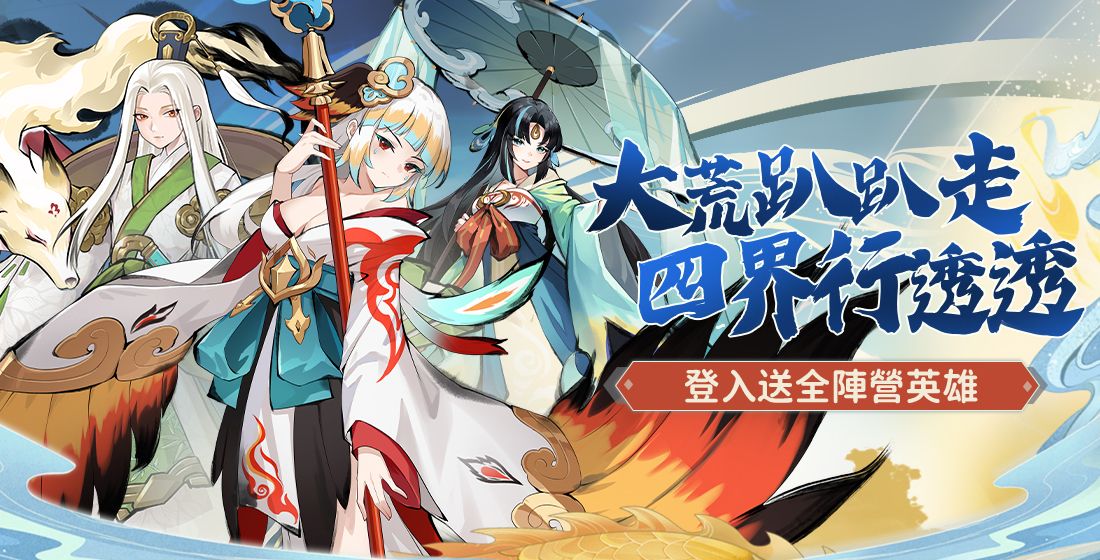Exploring the Boundless Adventure: Why Open World Games Are Redefining the Gaming Experience
The gaming landscape has evolved dramatically over the years, but perhaps no genre has had as profound an impact as open world games. These immersive worlds allow players to explore vast landscapes, undertake diverse quests, and engage with the environment in a way that traditional linear games simply can't match. But what makes these games so appealing? Let’s dive deep into the factors that contribute to their incredible allure.
What are Open World Games?
Open world games refer to a genre of video games that feature expansive, interconnected environments that players can explore freely. These games are characterized by their non-linear gameplay, allowing for a degree of player choice that can significantly affect the story and outcome. Examples include popular titles such as Grand Theft Auto V, The Legend of Zelda: Breath of the Wild, and Skyrim, which encourage exploration and interaction in ways that traditional games do not.
The Freedom of Choice
- Players can approach objectives in multiple ways.
- Side quests add depth and lore to the main storyline.
- Character development is often player-driven.
One of the defining features of open world games is the remarkable freedom of choice they offer. Players are not confined to a set path; instead, they can choose how to tackle challenges, whether it's through combat, diplomacy, or stealth. This flexibility creates a unique experience tailored to each player's playstyle.
Immersive Environments
Open world games often boast stunning graphics and meticulously crafted worlds that captivate players. The visual fidelity immerses players and enhances emotions during gameplay. Moreover, the atmosphere plays a crucial role—whether wandering through a dense forest, scaling mountains, or navigating urban landscapes, the environmental details keep players engaged and curious.
The Role of NPCs
Non-playable characters (NPCs) populate these games, giving players a sense of life and community within the game world. NPCs aren't just quest givers; they often have stories and personalities, which can affect how players interact with the world. This complexity adds to the richness of the narrative and deepens the player's emotional connection.
Dynamic Storytelling
In open world games, the narrative unfolds based on the player's actions and decisions. Unlike linear narratives where the story is fixed, open world games allow multiple endings and branching storylines. This dynamic form of storytelling encourages replayability, as players may wish to explore different paths and outcomes on subsequent playthroughs.
Community Engagement
The rise of open world games has also led to vibrant online communities. Players share tips, create mods, and develop supplemental content, enriching the gaming experience. Game developers have fostered these communities by encouraging user-generated content, further enhancing player investment in the game.
Technological Innovations
Advances in technology have revolutionized the way games are developed, leading to more detailed worlds and sophisticated gameplay mechanics. The use of AI enables realistic NPC interactions and adaptive environments that react to player choices. For example, some games now feature weather systems and day/night cycles, adding complexity to gameplay and enhancing immersion.
Comparing Traditional vs. Open World Games
| Feature | Traditional Games | Open World Games |
|---|---|---|
| Gameplay Style | Linear, fixed path | Non-linear, player-driven |
| World Size | Limited environments | Expansive, interconnected |
| Quest Structure | Main quest focus | Multiple side quests available |
| Storytelling | Set narrative | Dynamically influenced by players |
As you can see, the differences are stark. Open world games represent a paradigm shift in the gaming industry, providing experiences that engage players on multiple levels.
The Allure of Exploration
Every gamer has felt that thrill of encountering the unknown—be it an uncharted territory or a hidden quest. The ability to explore allows for personalized experiences. Every hill climbed and town discovered becomes a personal achievement.
Potato Games and Their Unique Place
When discussing open world games, one might stumble upon the term potato games. While this could have various interpretations, one common understanding treats these as simpler, indie-style games that might not boast the high-end graphics of AAA titles but offer heartfelt storytelling and enjoyable mechanics. Their charm often lies in creativity over complexity, attracting a niche audience that appreciates innovation rather than mass production.
ASMR in Gaming
An emerging trend in gaming, particularly in the realm of ice cream inc asmr diy games, is the blending of ASMR and gameplay. These games often feature soothing visuals and satisfying sounds that create a relaxing atmosphere for players. This unique combination showcases how open world environments can adapt to various sub-genres, enhancing player engagement in unique ways.
Future Trends of Open World Games
The open world genre isn't static; it's constantly evolving. Here are several trends shaping its future:
- Integration of Virtual Reality (VR) for immersive experiences.
- Increased emphasis on player-driven narratives.
- Environmental sustainability themes in gameplay.
Conclusion
Open world games have transcended mere entertainment; they redefine the gaming experience. The freedom of choice, immersive environments, and dynamic storytelling beckon players into adventures that feel personal and unique. As technology continues to advance, who knows what the next iteration of open world gaming will offer? Whether you're scavenging for resources, engaging with complex NPCs, or simply wandering breathtaking landscapes, the essence of adventure remains at the core. So gear up, explorer; the world is your oyster!



